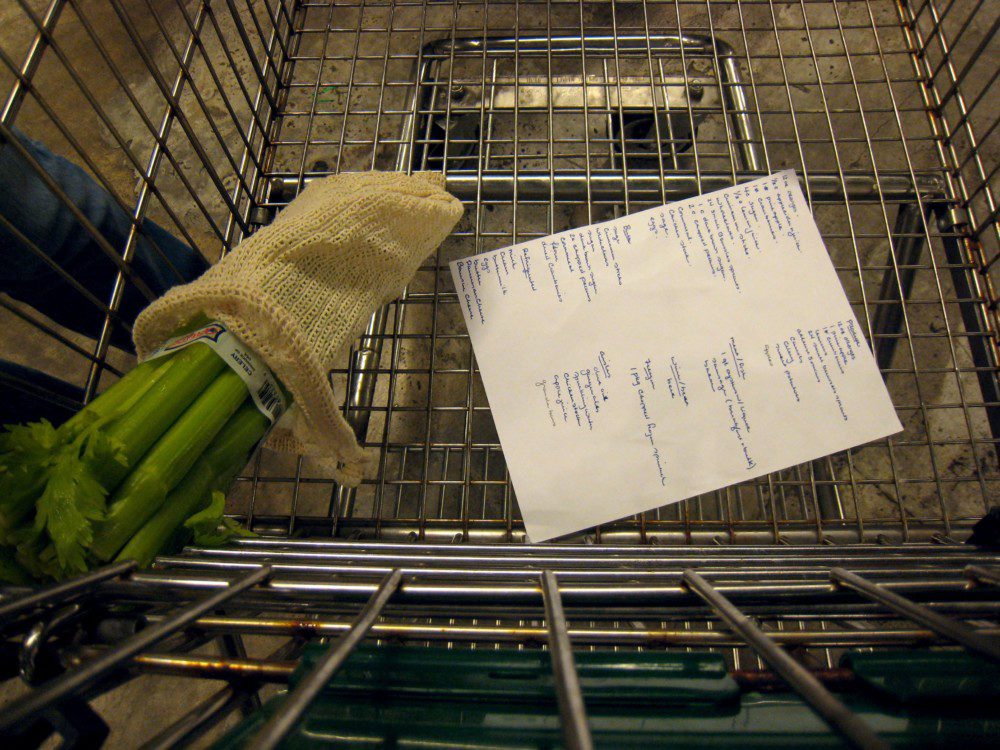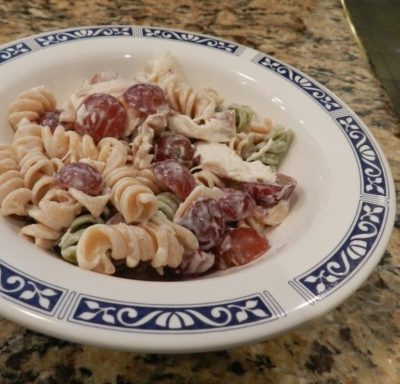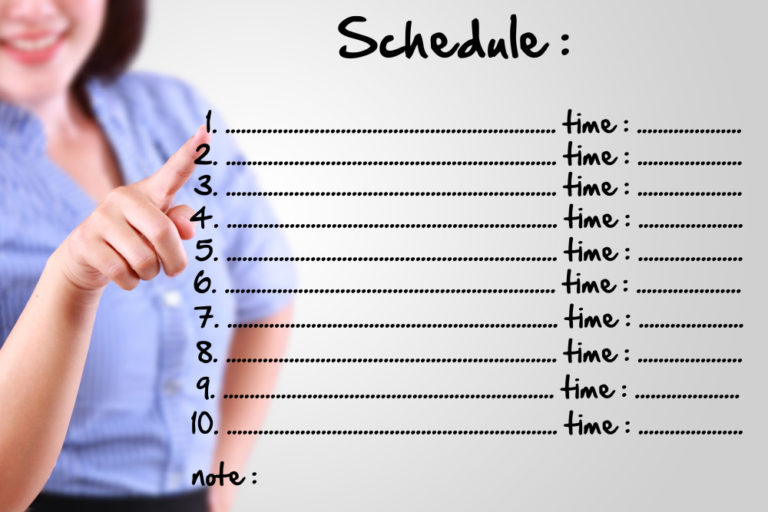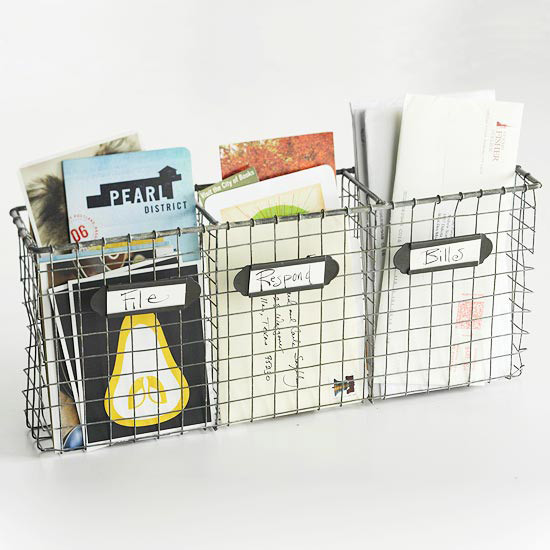Get in, get done & get out . . . with 5 cool and EASY meals!
What do you do when you are out of milk and it’s only Wednesday? Don’t panic! A midweek shopping trip doesn’t need to take long, and you can quickly pick up enough for several meals by following this speed-shopping guide. Follow my shopping list to make five EASY weekday dinners too!

Here’s a tip you already know but don’t always DO:
- Make a list before you go into the store. It’s best to make list at home when you can check inventory. See how many boxes of pasta and cans of soup you have, and remember the milk! There is a nifty app that helps you keep track of your food inventory; it’s called Out of Milk. How cool is that!?!
“No matter how good your memory is, write a grocery list. Not only will it make sure you don’t forget things you need, it’ll more importantly deter you from buying the things you don’t need.” ~20 Simple Ways to Save Money on Groceries, Huffington Post.com
Did you know that people who shop with a list spend less than those who skip the list? That extra time in the store will cost you, literally. Wandering down every aisle leads to impulse buying.
So . . . shopping with a list will save you money! And we all like to save money, yes?
More MONEY & TIME-SAVING SHOPPING TIPS:
- Don’t go to the store hungry. Big mistake! You will spend more if you are hungry. It would be better to buy a snack at the grocery store, eat it and then shop.
- Skirt around the edge of the store if you are only after the staples. You’ll be tempted by all the processed foods if you barrel down the center aisle.
- Set a timer for yourself to be at the checkout—this helps me focus instead of getting distracted in the produce or snack section; we all have our weaknesses!
- Be strong; stick to your list. Limit yourself to, say, 4 impulse buys.
- Make sure your list is compiled in order of the store layout. My list is different when I shop at Winco vs. Fred Meyer, for example.
“The more aisles you walk down, the more likely you are to add things to your shopping basket that you hadn’t initially intended to buy. Shoppers who decreased the number of aisles they visited checked out with only half their items being unplanned purchases vs. 68% of items for those who visited most or all aisles in a shop, according to a Marketing Science Institute study.” ~ 29 Ways to Save Hundreds on Groceries, Time.com
- Need one? Buy two (just in case). This saves you extra trips to the store, and ends up saving you money. How? Because most of us aren’t disciplined enough to come out of the grocery store with just a couple items—myself included!
Cool & EASY summertime dinner ideas:
Plan five dinners and shop for the ingredients. My choices for a hot, sticky summer week are some easy family favorites. Many of these are cool meals, just right for sizzling summer temps. Chicken pasta salad (one of my kids’ favorites), Hawaiian haystacks, Taco salad, Potato Pizza and BLT salad.
Shop first in the produce and bakery sections. Pick up a pound of seedless grapes, 3 large heads of Romaine lettuce, 6 tomatoes, 8 oz. cherry tomatoes, 5-10 lb. baking potatoes (pre-bagged is cheaper), and a bag of carrots. Add two baguettes to serve as sides for Taco salad and Chicken Pasta salad.
Next, hop over to the canned goods and dressing aisles. For Hawaiian haystacks, get pineapple chunks and canned chicken. For Taco salad, get some kidney beans. Potato pizza needs tomato sauce, and Chicken Pasta salad uses ranch dressing—a lot of it!
Shop the meat and cheese coolers. Get a Rotisserie chicken for Chicken Pasta salad, ground beef (or ground turkey) for Taco salad, bacon and mozzarella cheese for Potato pizzas, 2 lbs. chicken breasts for Hawaiian Haystacks, and more bacon for the BLT salad. I firmly believe you can never have too much bacon! Yum.
Also, grab Doritos, taco seasoning, Rotini noodles, slivered almonds, and rice if you don’t have it on hand.
And don’t forget the ice cream!
Find the complete recipes for these five yummy, easy dinners here: https://efficientspacesco.c.wpstage.net/2016/07/cool-easy-summer-salads/
********************************************************************************
Resources:
Grocery store hacks, Real Simple, Jan. 2015, 110.
http://time.com/money/3481381/save-on-groceries/
http://www.huffingtonpost.com/2015/05/18/money-saving-tips_n_1537035.html



 Chicken Pasta Salad:
Chicken Pasta Salad:
 6 c. Romaine lettuce, shredded
6 c. Romaine lettuce, shredded

 Does your closet scare you? How long does it take you to find what you are looking for? Are your clothes crammed in tight or is there space between your hangers?
Does your closet scare you? How long does it take you to find what you are looking for? Are your clothes crammed in tight or is there space between your hangers?
 Do you clear off your desk only to find paper clutter piling up within a few days?
Do you clear off your desk only to find paper clutter piling up within a few days?
 lists… For more on this, read David Allen’s book Getting things Done.
lists… For more on this, read David Allen’s book Getting things Done.
 So your kids are in school and you walk past the toyroom or their bedroom. Ugh! You think: ‘I can hardly see the floor in there! Every time I try to organize it, it lasts for a week or so, then it’s back to this mess! What can I do about the toys?’
So your kids are in school and you walk past the toyroom or their bedroom. Ugh! You think: ‘I can hardly see the floor in there! Every time I try to organize it, it lasts for a week or so, then it’s back to this mess! What can I do about the toys?’ old-fashioned soda-jerk counter and all). Another good way is to donate them for a good cause. Local schools have annual white elephant sales and they LOVE to receive children’s books. You are doing 2 good turns: helping the school raise funds and getting a book into the hands of a child who will love it.
old-fashioned soda-jerk counter and all). Another good way is to donate them for a good cause. Local schools have annual white elephant sales and they LOVE to receive children’s books. You are doing 2 good turns: helping the school raise funds and getting a book into the hands of a child who will love it. Long answer: See the picture I’ve included. Some categories for starters: Legos, wooden toys, cars and other wheeled toys, people, balls. One great tip for even small children to put away their own toys, take a picture of the kind of toys that belong in each bin as an easy label. Or, just draw a simple picture and tape them to each bin. It worked for my children!
Long answer: See the picture I’ve included. Some categories for starters: Legos, wooden toys, cars and other wheeled toys, people, balls. One great tip for even small children to put away their own toys, take a picture of the kind of toys that belong in each bin as an easy label. Or, just draw a simple picture and tape them to each bin. It worked for my children!


 Even though I was determined in that moment to ban the evil chocolate from my diet, I might feel differently a week later when I see my son eating a piece of his Christmas chocolate and I have a strong craving for it. I can smell it. Ooh it smells good. I see him enjoying it. I can almost taste it. That’s it—I will have just one piece. And BOOM! My resolution is thrashed. It’s over. I failed. Right?
Even though I was determined in that moment to ban the evil chocolate from my diet, I might feel differently a week later when I see my son eating a piece of his Christmas chocolate and I have a strong craving for it. I can smell it. Ooh it smells good. I see him enjoying it. I can almost taste it. That’s it—I will have just one piece. And BOOM! My resolution is thrashed. It’s over. I failed. Right?




 ny paper towels, right? That’s what my Dad believes, and his philosophy rubbed off on me. But seriously. I asked my 8 year old boy to inventory the paper products before I went to Costco. Serious error on my part. Now we have close to 40 paper towel rolls in the garage.
ny paper towels, right? That’s what my Dad believes, and his philosophy rubbed off on me. But seriously. I asked my 8 year old boy to inventory the paper products before I went to Costco. Serious error on my part. Now we have close to 40 paper towel rolls in the garage.



